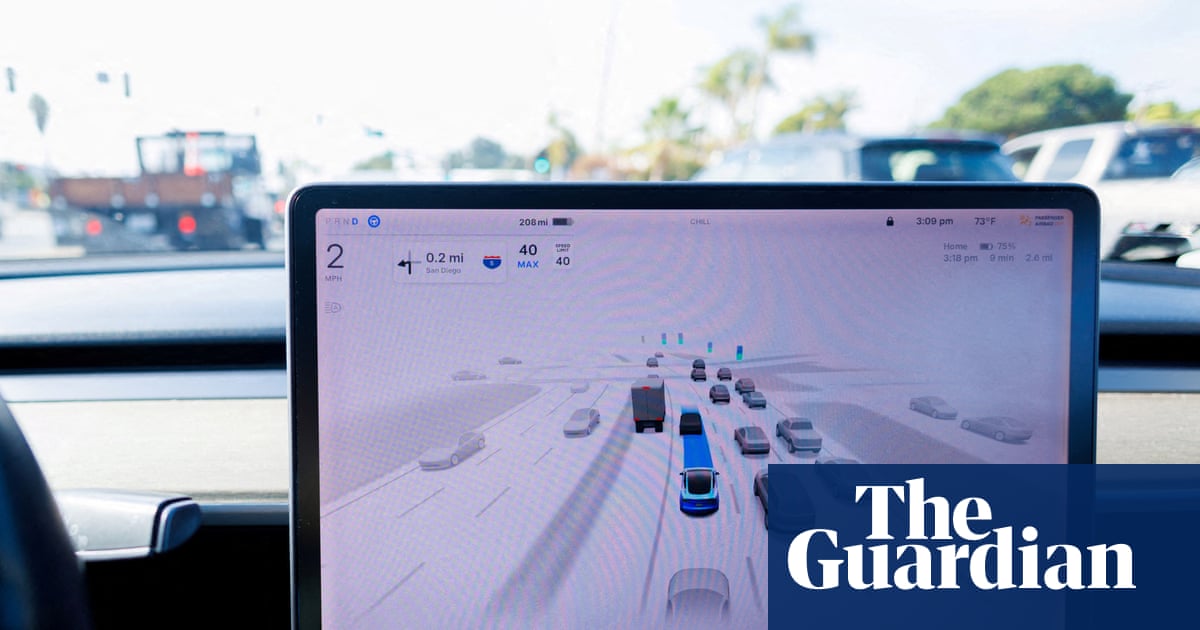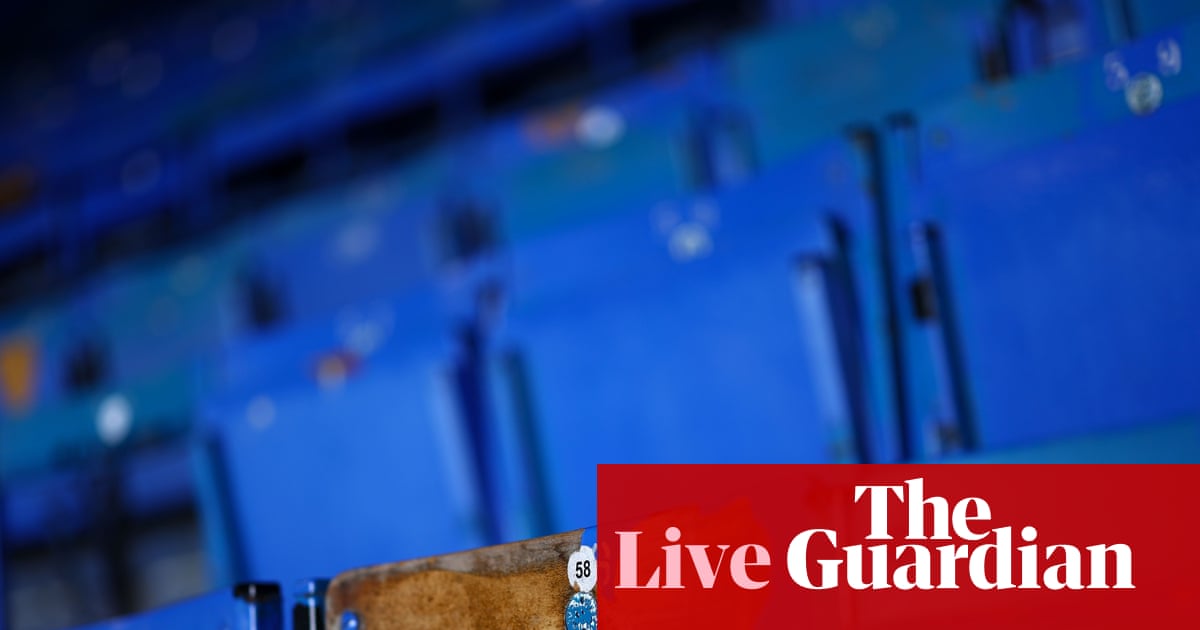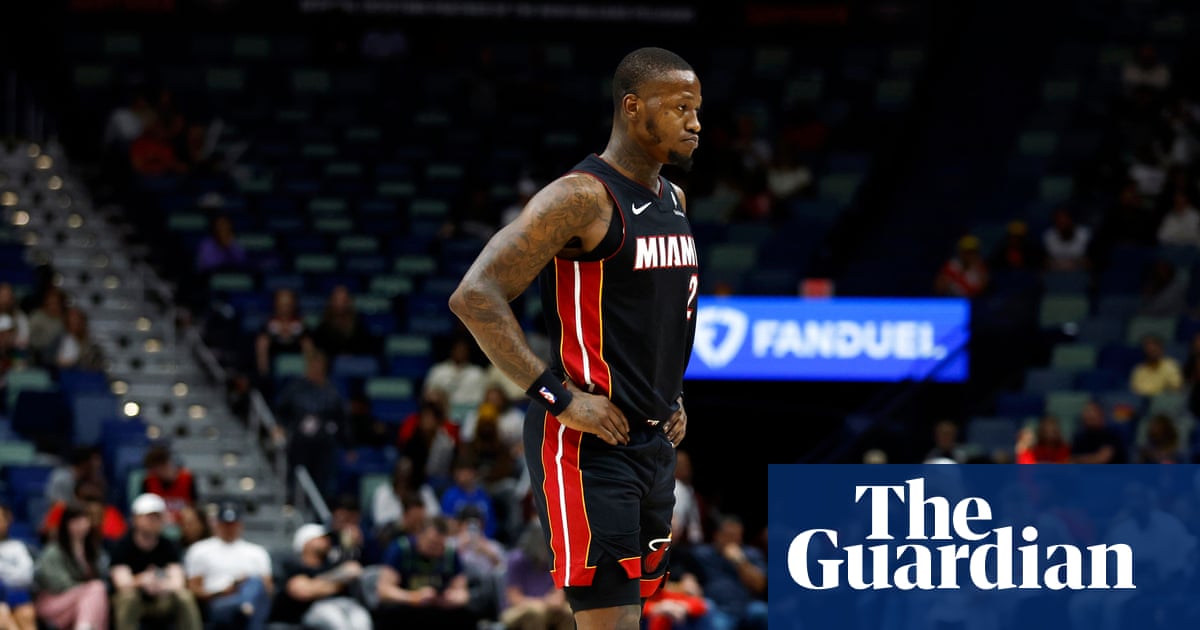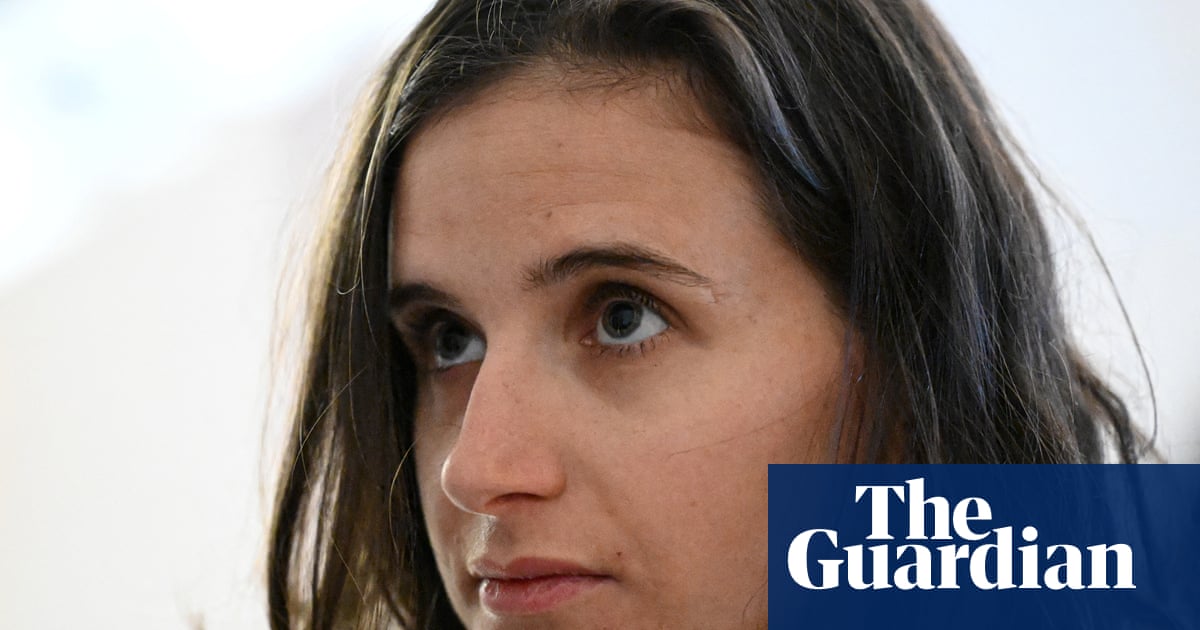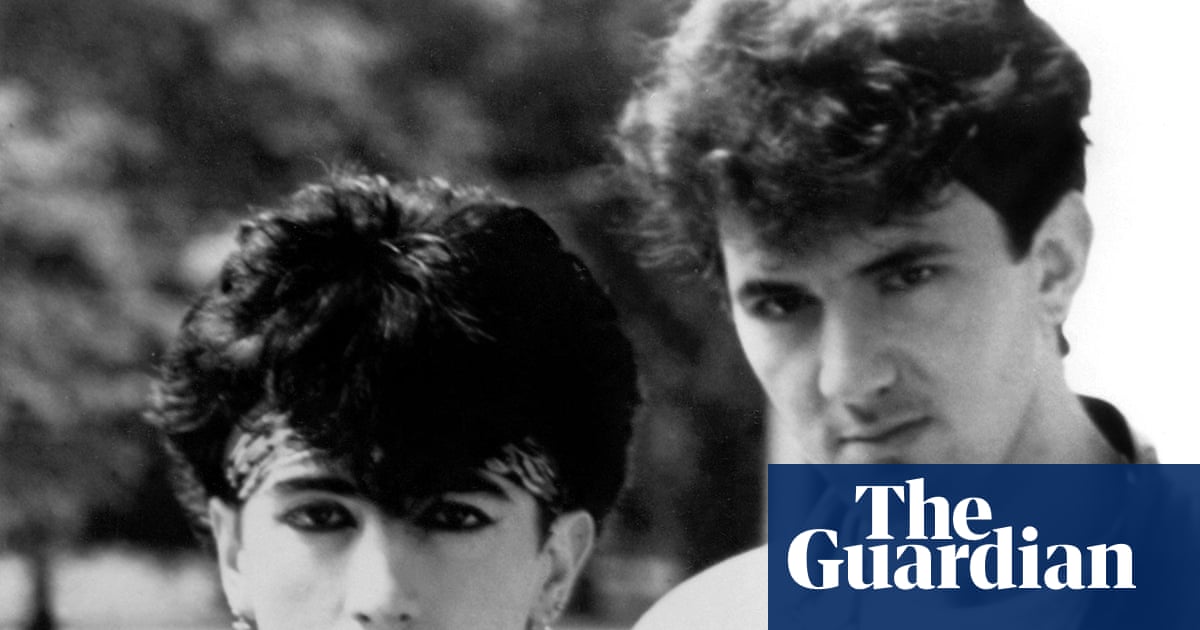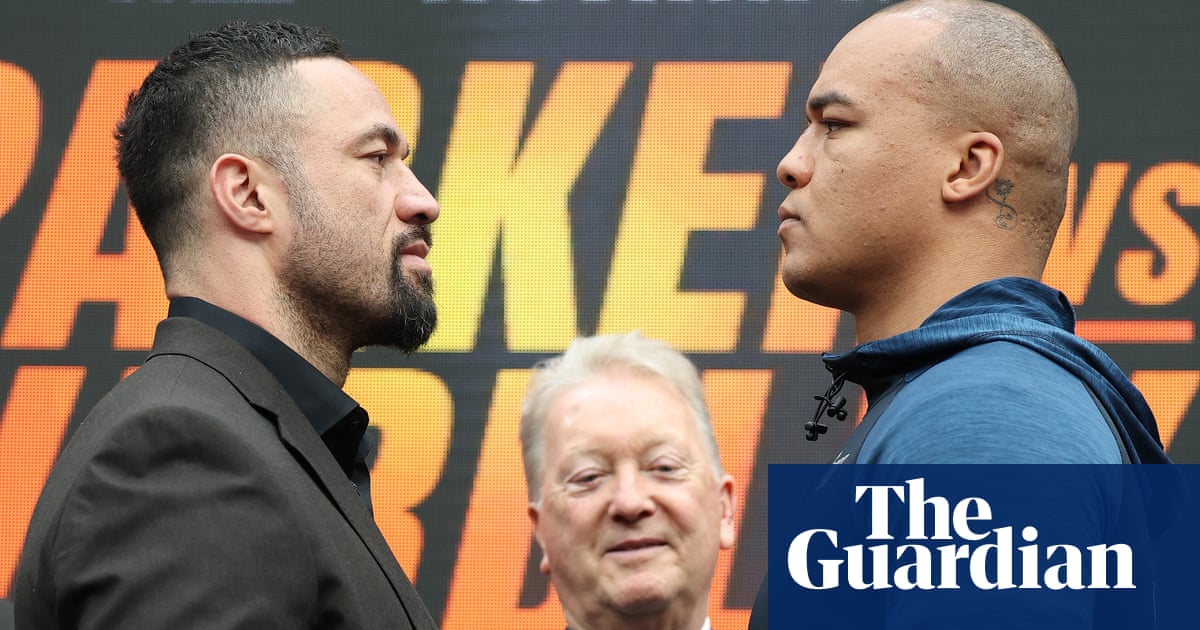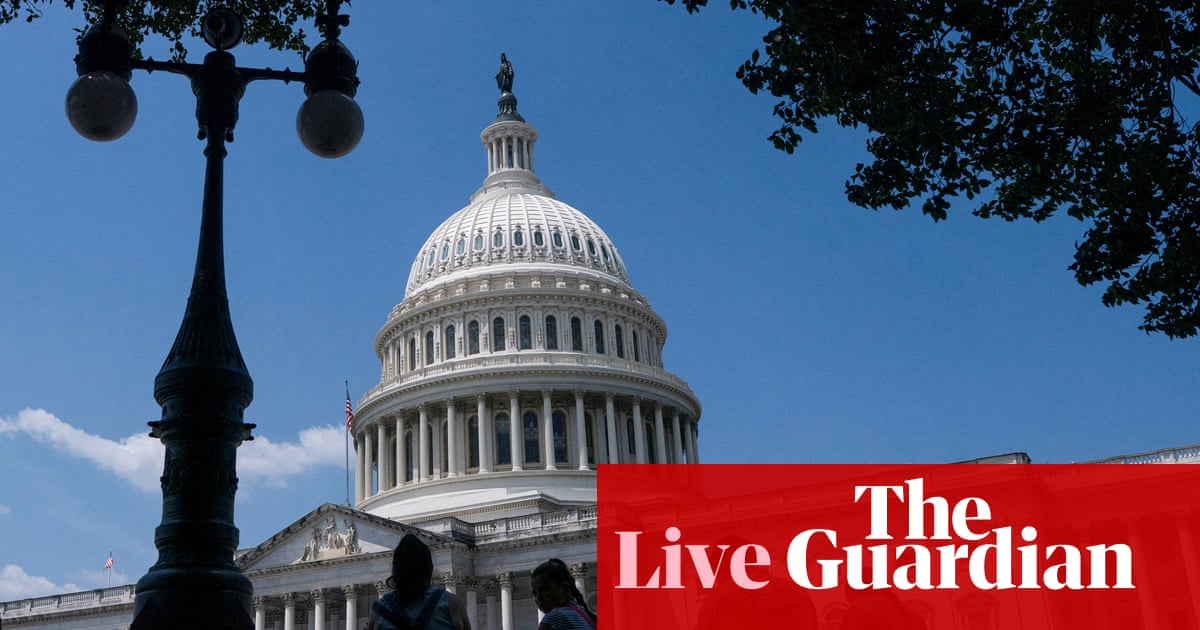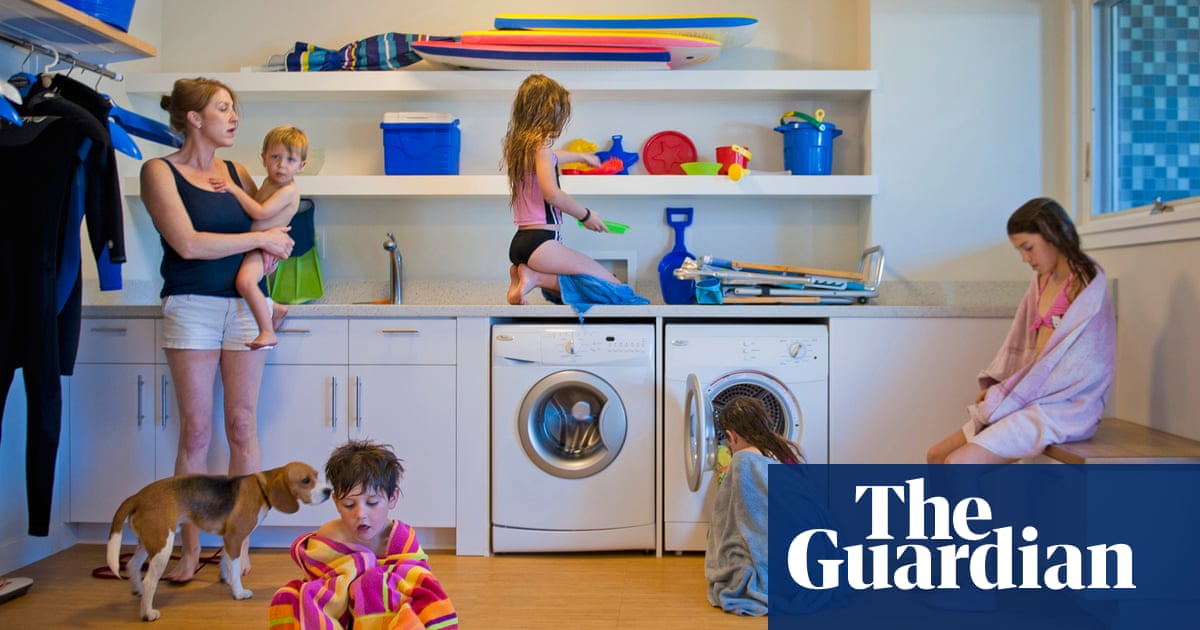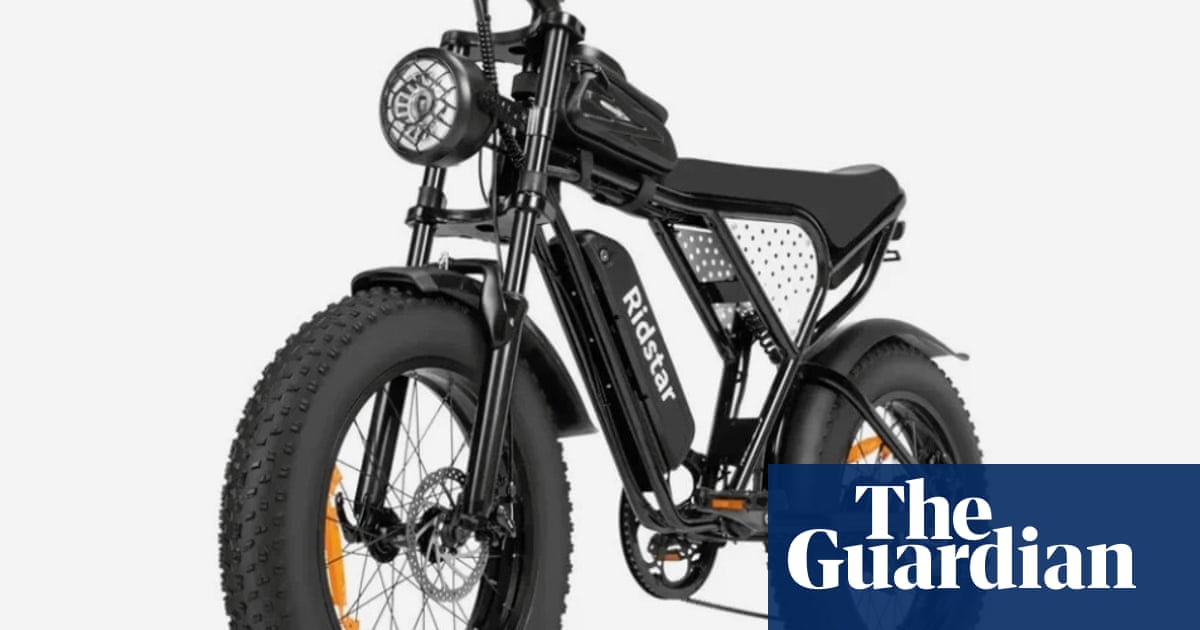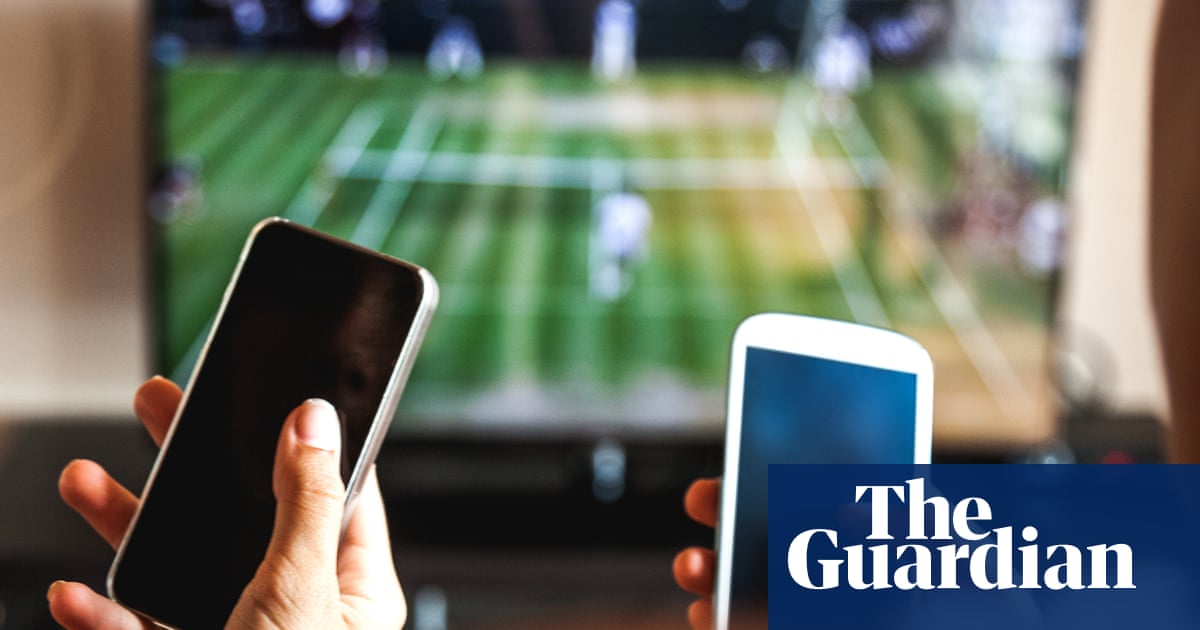I’ve struggled with a lack of sleep and its after-effects for years. Besides a chronic pain condition that interferes with my sleep schedule, my sensitivity to sound and light means that it doesn’t take much to snap me out of slumber after I get there. At least I’m in good company: according to the National Institutes of Health, more than 50 million Americans struggle with such sleep disorders.
After trying almost everything, I finally turned to tech about a year ago. I had skeptically dismissed these sleep-focused devices as snake oil – and some are – but a few have been genuinely helpful. From simple noise-canceling earplugs to a headband that literally interferes with your brain waves, here are the tech tools that have helped me fall asleep and get the elusive rest I need.
Jabees Peace Pillow Speaker
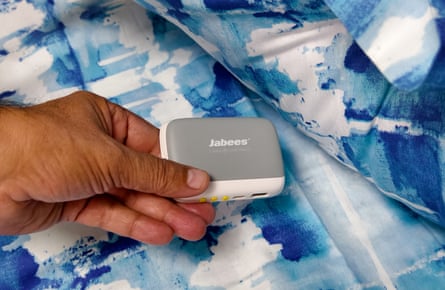
The Jabees Peace Pillow is a bone-conduction speaker that you put under your pillow. Since it transmits sound by contact with your head, no one else can hear it, but it doesn’t require anything in your ears. That’s precisely why I love it: it doesn’t require me to wear something to sleep. At just over an inch thick, it doesn’t cause any discomfort, especially for side sleepers.
You can connect it to your phone with Bluetooth, load your own sounds on a memory card, or play preloaded sounds. My favorite is a gentle vibration that makes me drowsy without fail. The speaker is just loud enough to listen to these sound effects comfortably, and you can adjust it with physical buttons. While it hasn’t improved my sleeping habits, it does help me fall asleep more frequently.
Elemind Headband
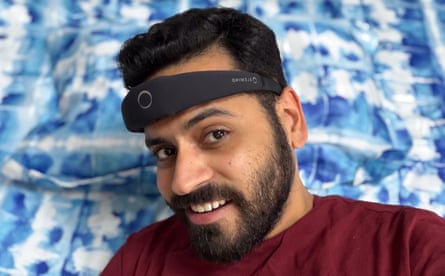
The Elemind Headband is one of the few devices that worked really well for me. In simple terms, this headband hacks your brain waves and puts you into sleep mode. In technical terms, Elemind tracks your EEG brain activity and uses acoustic stimulation synced to your brain’s natural rhythms to help you fall asleep.
But you don’t need to understand it to use it: just strap it around your forehead and turn it on. It’s comfortable enough to wear in almost all sleep positions and easily stays on until I fall asleep, although I almost always wake up without it on my head. It’s not a drug; you have to want to fall asleep. You can’t be doomscrolling on your phone and expect it to magically doze you off. I love naps, and it has helped me get more of those.
If you are a frequent traveler like me, the Elemind is perfect paired with noise-canceling earbuds on a plane. It also helps with jet lag, when you land in a new time zone and find it impossible to sleep. While it’s expensive, for me the Elemind headband is worth its $349 investment. I just wish I didn’t have to charge it every two to three days.
Noise-canceling headphones or earplugs
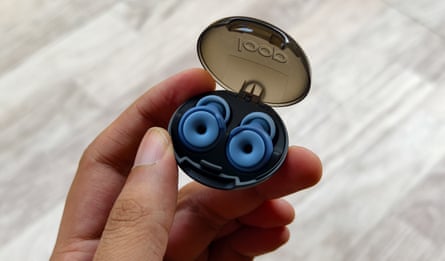
If you wake easily as I do, a pair of earplugs can be helpful to keep the world at bay while you’re slumbering. The active noise cancellation of AirPods Pro 3 or the Google Pixel Buds Pro 2 can be useful as well, but if you want to save battery when traveling, investing in a pair of sleep-focused earbuds makes sense. I switch between QuietOn earbuds and Loop earplugs.
QuietOn 4 Sleep Earbuds
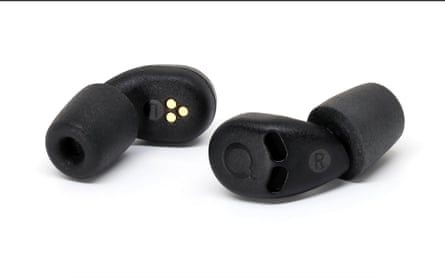
I love the QuietOn 3.1 Sleep Earbuds because they cancel lower-frequency, consistent sounds like car traffic, a running AC, or an airplane engine pretty well, and they last more than four sleep cycles. The new QuietOn 4 are comparable in every way, including the steep price of nearly $300. Anker’s Soundcore Sleep A30 are a good alternative at $230, but if you want a pair of reusable earplugs under $50, one of the Loop products is your best bet. They are comfortable to wear, inexpensive, easy to carry, and don’t require charging.
after newsletter promotion
Loop Quiet 2 Earplugs
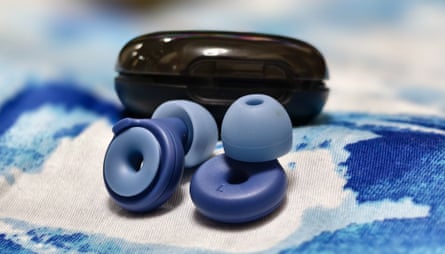
Soaak app
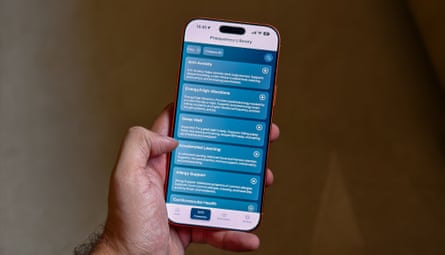
This is one of the most versatile tools I’ve found. Like the pillow speaker, the Soaak app has white noise tracks that can help you sleep, but also much more. A $30 monthly subscription gives you access to tracks to reduce anxiety, enhance creativity, focus better, and more. I can’t speak to the science, but they’ve genuinely helped me when I’m restless in the early morning hours, even if the weird sounds can be disorienting the first time you try them.
According to Soaak, the Sleep Well track is designed using “a blend of clinically curated sound frequencies”. Like the Elemind headband, they “target brainwave patterns” associated with relaxation, which help “calm the mind, lower stress, and induce a peaceful, sleep-ready state”.
An eye mask for light-sensitive sleepers
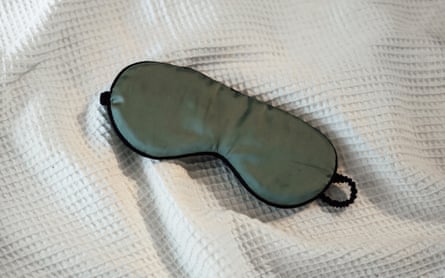
Mzoo Luxury Sleep Mask
OK, there’s no tech here, but if you are sensitive to light, nothing helps more than covering your eyes with a comfortable sleep mask. I use one of the masks that Air France gave me on a long-haul flight, and while the strap has loosened over time, I continue to use it because of its comfortable fit.
That said, I recommend going with a sleep mask that comes equipped with an adjustable strap and eye cups surrounded by soft foam padding. We have a list of the best sleep masks, based on six weeks of testing with 24 masks, to help you find the one that suits you best.

.png) 3 hours ago
3
3 hours ago
3



